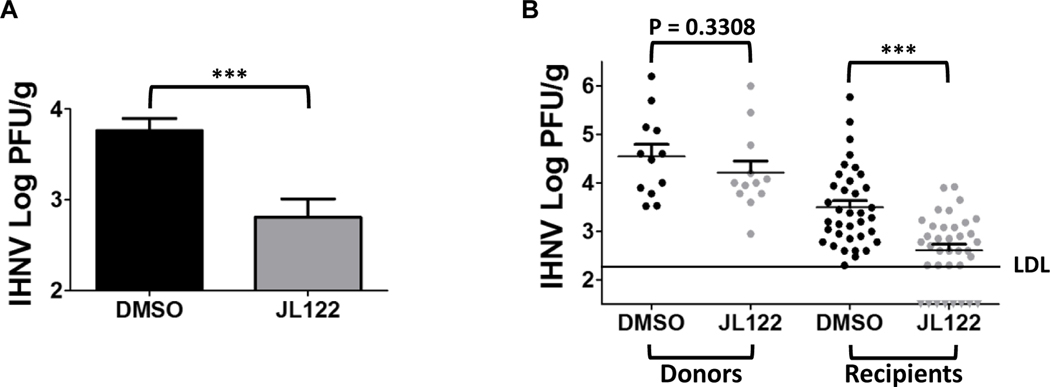Fig. 4. Horizontal transmission inhibition of IHNV by JL122.
Rainbow trout were immersion infected with 2×105 PFU/mL IHNV (donor fish) or MEM medium (mock) and remained in flow-through for 24 h. Experimental groups: IHNV- or mock-infected donor fish (three) were placed in static challenge containers, followed by addition of JL122 (5 μM final concentration) or 0.005% DMSO (vehicle/positive control); after 15 min, nine naïve recipient fish were added to each challenge container for cohabitation (n=1 mock-DMSO group [12 fish]; n=1 mock-JL122 group [12 fish], n=4 IHNV-DMSO groups [48 fish] and n=4 IHNV-JL122 groups [48 fish]). A total of 3 doses of JL122 or DMSO (dosed every 24 h) were delivered during the 72 h cohabitation period. All mock-infected fish (not shown) had negative titers (below detection). (A) Comparison of DMSO (control; black bar) vs. JL122-treated fish (gray bar). There was a significantly (***: P=0.0003, Student’s t-test) lower mean IHNV titer in the JL122-treated groups compared to the positive control fish. (B) Separation of donor (fin-clipped for identification) and recipient fish to determine inhibition of transmission. For immersion infected IHNV donor fish, there was a slight and non-significant decrease in viral load (P=0.3308) for the JL122-treated donor fish (left gray dots; 12 fish) compared to DMSO-treated (control) donor fish (left black dots; 12 fish). There was a highly significant decrease in viral load for JL122-treated IHNV recipient fish (right gray dots; 36 fish) with 8 fish below detection (negative titers; gray triangles) compared to DMSO-treated (control) IHNV recipient fish (right black dots; 36 fish). LDL = lower detection limit. ***: P<0.001, ANOVA, Tukey’s Multiple Comparison Test. Data represents mean IHNV titer ± SE.

